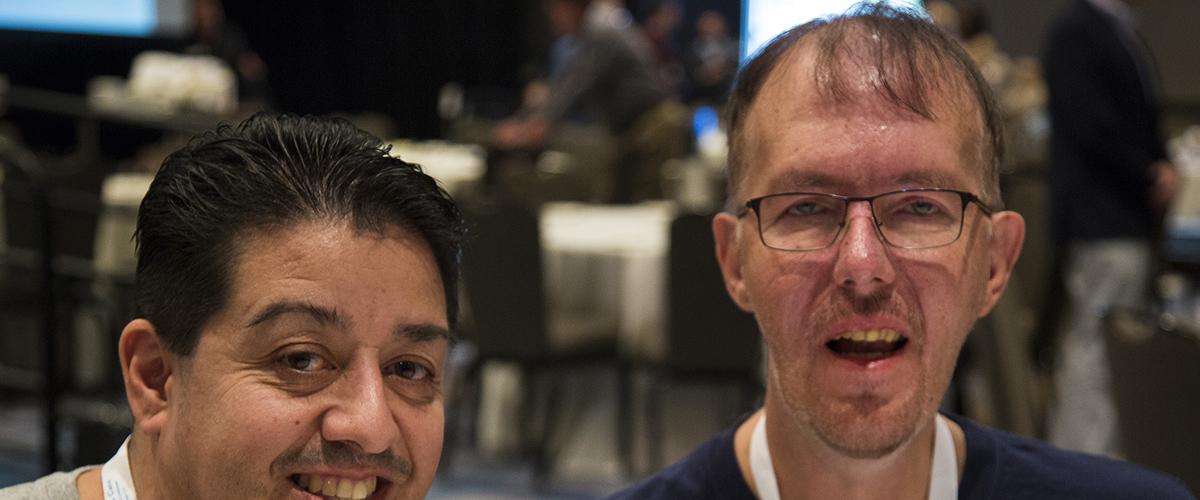Human iPSCs as Disease Models and Drug Screening Tools
The ability to program human iPSCs derived from patients with genetic disorders into affected cell types has provided a better understanding of pathogenic mechanisms and a tool for early stage evaluation of putative drug development targets and therapeutic strategies. In conjunction with relevant animal models, iPSCs provide a platform to achieve preclinical proof of concept and the scientific rationale to move into clinical evaluation of candidate therapeutics. Given the involvement of the CNS in myotonic dystrophy, the availability of patient iPSC-derived neuronal cells would represent an important resource for therapy development.
Neuronal Differentiation of DM2 iPSCs
Establishment of patient-derived neural cell lines can provide an important tool for mechanistic studies and therapy development in neurodegenerative diseases, providing access to otherwise inaccessible brain tissues. For DM1, Dr. Tee Ashizawa and colleagues previously established DM1 iPSC lines and showed that iPSC-derived neural stem cells could be differentiated into neurons and glia with intranuclear RNA-MBNL foci (Xia et al., 2013).
In a recent report, Dr. Paola Spitalieri (University of Rome Tor Vergata) and colleagues have generated two DM2 and two wild type human iPSC lines from skin biopsies and differentiated these into cells expressing neuronal markers (Spitalieri et al., 2018). Established hallmarks of DM2 were conserved in differentiated neural cells—CNBP CCTG expansion length and number of CCUG-MBNL nuclear foci increased during neuronal differentiation. Assessment of various neuronal markers over the 25-30 days required to achieve neuronal conversion showed the differentiated population to contain an admixture of neurons, astrocytes, and oligodendrocytes.
Utility of DM2 iPSCs
The temporal pattern of expression of neuronal markers suggests that the time course of neurogenesis could be evaluated in vitro in DM2 versus wild type cells in an assessment of the suspected disease impact upon neurodifferentiation. Moreover, DM2 iPSCs may provide a renewable cell population for rapid screening of candidate therapeutics that address primary disease mechanisms in DM2. MDF has been working with RUDCR Infinite Biologics to establish DM iPSC cell lines that are available to all investigators without intellectual property constraints. RUDCR already has human iPSC lines established and quality controlled for DM1 and now available for distribution. We anticipate that human DM2 iPSC lines will be available soon.
References:
Generation of neural cells from DM1 induced pluripotent stem cells as cellular model for the study of central nervous system neuropathogenesis.
Xia G, Santostefano KE, Goodwin M, Liu J, Subramony SH, Swanson MS, Terada N, Ashizawa T.
Cell Reprogram. 2013 Apr;15(2):166-77. doi: 10.1089/cell.2012.0086.
Generation and Neuronal Differentiation of hiPSCs From Patients With Myotonic Dystrophy Type 2.
Spitalieri P, Talarico RV, Murdocca M, Fontana L, Marcaurelio M, Campione E, Massa R, Meola G, Serafino A, Novelli G, Sangiuolo F, Botta A.
Front Physiol. 2018 Jul 27;9:967. doi: 10.3389/fphys.2018.00967. eCollection 2018.

